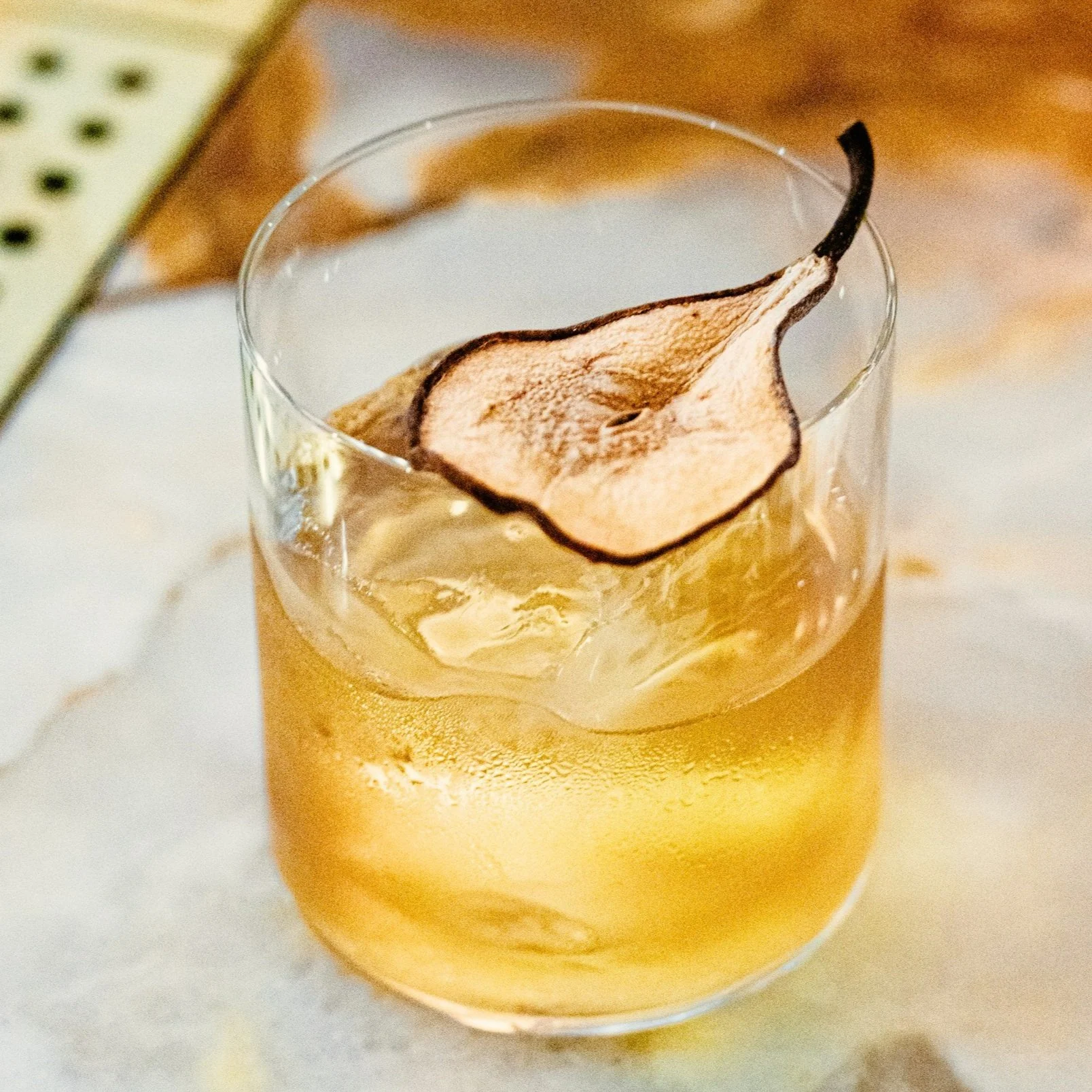This Must be
The Place
Stearns
American
At Stearns, Our idea is to keep these stories alive by making spirits that honor the pioneers of Minnesota Whiskey production.
Prohibition in Stearns Co.
Nestled amidst the serene landscapes of central Minnesota lies Stearns County, a region rich in history and character. However, beneath its tranquil exterior, a clandestine world thrived during the tumultuous years of Prohibition. It was during this era that Stearns County became synonymous with the notorious Minnesota 13 whiskey, a potent elixir that flowed secretly through its hills and valleys, evading the watchful eyes of authorities.
As the nationwide ban on alcohol took hold in the 1920s, Stearns County emerged as a hub of clandestine distillation, earning its place in the annals of bootlegging lore. The lush fields of grains and abundant water sources provided the perfect backdrop for enterprising moonshiners to craft their illicit brews, with Minnesota 13 whiskey reigning supreme as the illicit spirit of choice.
Despite the ever-looming threat of law enforcement, the moonshiners of Stearns County operated with cunning and audacity, utilizing hidden stills nestled deep within the forests and remote corners of the countryside. The allure of Minnesota 13 whiskey transcended boundaries, attracting both local connoisseurs and eager buyers from far and wide, all seeking a taste of the forbidden libation.
Yet, behind the veil of secrecy, tales of daring raids and cat-and-mouse pursuits between bootleggers and authorities permeated the county's folklore. The rugged terrain and tight-knit communities provided ample cover for those engaged in the illegal trade, weaving a tapestry of intrigue and defiance against the backdrop of Prohibition.
Early
American
Rye
The original American Spirit. Few beverages hold as storied a place as rye whiskey. With its roots deeply intertwined with the nation's history, the early production of rye whiskey in the United States serves as a testament to the ingenuity, resourcefulness, and entrepreneurial spirit of its pioneers.
Dating back to the colonial era, rye whiskey emerged as a staple of American drinking culture, favored for its robust flavor and versatility. Settlers, primarily of Scotch-Irish descent, brought with them the knowledge and tradition of distilling rye grain—a hardy crop that flourished in the fertile soils of the northeastern states.
In the decades following the American Revolution, rye whiskey production experienced a meteoric rise, fueled in part by factors such as the availability of abundant grain supplies, the expansion of trade routes, and the burgeoning demand for distilled spirits among a rapidly growing population.
DRINKS













